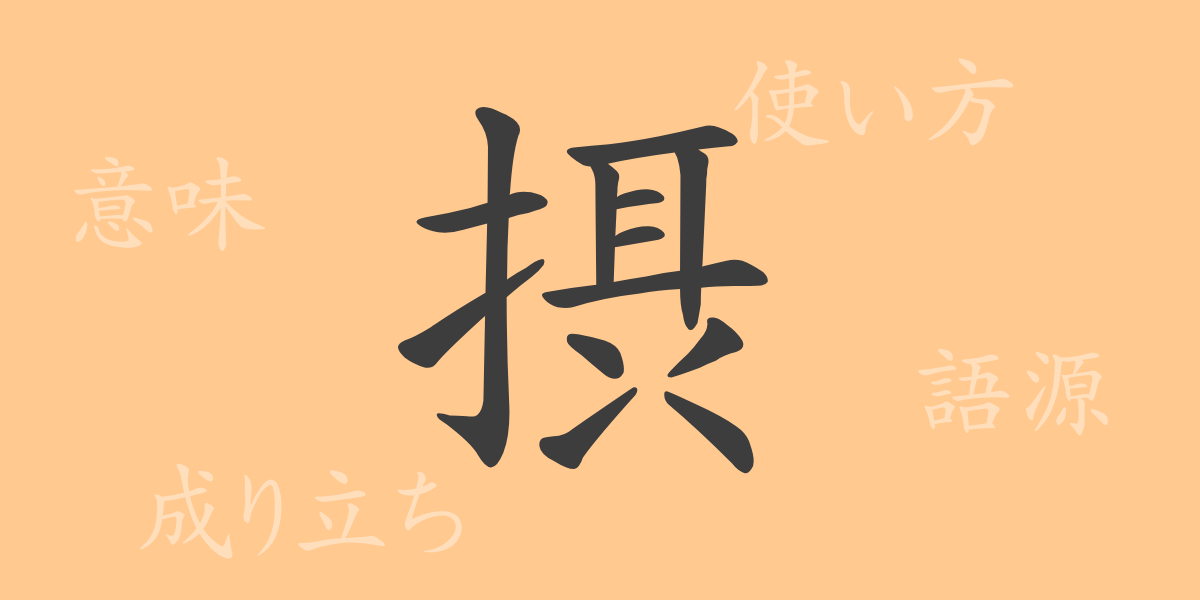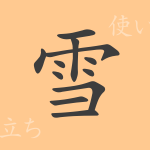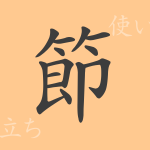The richness of the Japanese language lies in its expressive depth, where each kanji carries its own unique history and meaning. “摂” (セツ) is one of Japan’s commonly used kanji, seamlessly integrating into our daily speech. This article delves into the origins, meanings, and usage of “摂,” exploring how it’s read, its number of strokes, its radical, and also how it is utilized in idioms and proverbs, enriching our understanding of Japanese language and culture.
Origins of 摂 (セツ)
The kanji “摂” originated in ancient China. Initially representing the act of a hand grabbing something, it has evolved to encompass abstract concepts such as “to undertake on behalf of” or “to incorporate.” Originally depicting the physical action of taking, “摂” has come to represent the broader notion of assimilation or inclusion.
Meaning and Usage of 摂
“摂” carries meanings such as “to incorporate,” “to absorb,” and “to act on behalf of.” It appears in terms such as “摂理” (セツリ), referring to the laws of the universe or natural laws, and “摂食” (セツショク), meaning the act of consuming food. These usages all stem from the original sense of “taking in,” whether physically or abstractly.
Readings, Stroke Count, and Radical of 摂
The kanji “摂” holds a significant place in Japanese language due to its deep historical roots.
- Readings: The on’yomi (Sino-Japanese reading) is “セツ”, while the kun’yomi (native Japanese readings) are “おさ.める” and “かね.る”.
- Stroke Count: “摂” consists of 15 strokes.
- Radical: The radical of “摂” is 手 (てへん), the hand radical.
Idioms, Phrases, and Proverbs Using 摂
The kanji “摂” enriches Japanese with its presence in many idioms and phrases, each reflecting its meanings of assimilation and substitution. For example, “摂理” (セツリ) represents the laws of the universe, “摂生” (セッセイ) means living in a way that maintains health, and “摂政” (セッショウ) refers to governing on behalf of a monarch. These phrases demonstrate how “摂” embodies the concepts of incorporation and acting in place of others within various contexts.
Conclusion on 摂
The kanji “摂” is more than just a character; it is a part of the Japanese language that carries profound meanings. From its origins to its contemporary applications, the way it’s read, its number of strokes, and its radical, we glimpse the deep history and cultural nuances it embodies. Understanding and utilizing idioms and phrases that include “摂” can deepen our appreciation of the language’s subtleties. This single character illustrates the richness and complexity of the components that make up the Japanese language.

























